Canada, often celebrated for its stunning landscapes and friendly inhabitants, harbors a darker side in its cinematic offerings. This curated list of ten horror films showcases the country's ability to produce spine-chilling tales that resonate with audiences worldwide. From eerie folklore to modern-day terrors, these films provide a thrilling exploration of fear, making them a must-watch for horror enthusiasts and those intrigued by Canadian culture.

Black Christmas (1974)
Description: One of the earliest slasher films, this movie is set in a sorority house in Canada during the Christmas holidays. Its innovative use of the "killer's POV" and the chilling phone calls have influenced many horror films that followed.
Fact: The film was originally titled "Silent Night, Evil Night" but was changed to avoid confusion with another film.
 Watch Now
Watch Now
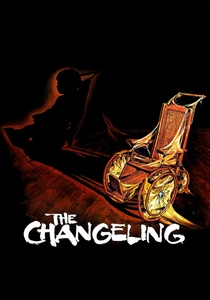
The Changeling (1980)
Description: Set in Vancouver, this film follows a composer who moves into a haunted mansion. Its atmospheric tension and the exploration of grief and loss through supernatural elements make it a haunting experience.
Fact: The film was inspired by real-life paranormal experiences of the screenwriter, Russell Hunter.
 Watch Now
Watch Now
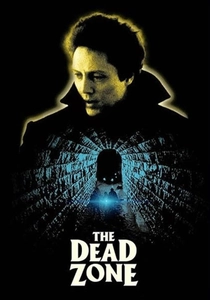
The Dead Zone (1983)
Description: Based on Stephen King's novel, this film was directed by David Cronenberg and set in a small Canadian town. It explores the horror of precognition and the moral dilemmas it brings.
Fact: The film's setting was changed from Maine to Canada to accommodate Cronenberg's vision.
 Watch Now
Watch Now
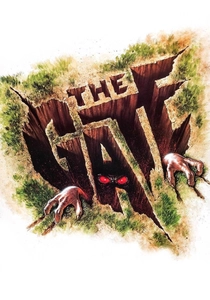
The Gate (1987)
Description: This film captures the innocence of childhood juxtaposed with demonic forces unleashed from a backyard hole. Its suburban Canadian setting adds to the unsettling juxtaposition of normalcy and horror.
Fact: The film was shot in Toronto, and its special effects were groundbreaking for its time.
 Watch Now
Watch Now
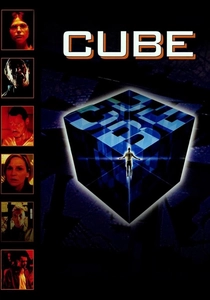
Cube (1997)
Description: Although not explicitly set in Canada, this film was produced by Canadian filmmakers and features a group of strangers trapped in a deadly, cube-shaped maze. Its minimalist approach to horror and existential dread make it a compelling watch.
Fact: The film was made on a budget of less than $400,000 and has since inspired sequels and a remake.
 Watch Now
Watch Now

Ginger Snaps (2000)
Description: This film cleverly intertwines the horrors of adolescence with lycanthropy, focusing on two sisters whose bond is tested by a werewolf curse. Its setting in suburban Canada adds a layer of familiarity that makes the horror more unsettling.
Fact: The film was shot in Edmonton, Alberta, and became a cult classic for its unique take on the werewolf genre.
 Watch Now
Watch Now
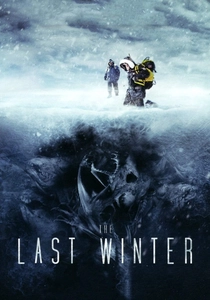
The Last Winter (2006)
Description: While not exclusively Canadian, it was filmed in Alaska but features Canadian actors and crew. It deals with ecological horror, where an oil drilling operation in the Arctic Circle unleashes supernatural forces.
Fact: The film was shot in the harsh conditions of the Arctic, adding authenticity to its chilling narrative.
 Watch Now
Watch Now

Pontypool (2008)
Description: Set in the small town of Pontypool, Ontario, this film explores a unique premise where the English language becomes a virus, turning people into violent, zombie-like creatures. Its claustrophobic setting and psychological horror elements make it a standout in Canadian horror cinema.
Fact: The film was adapted from the novel "Pontypool Changes Everything" by Tony Burgess. It was shot in a single location, an old radio station, to enhance the feeling of isolation.
 Watch Now
Watch Now
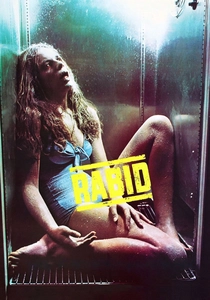
Rabid (1977)
Description: Another Cronenberg classic, this film follows a woman who becomes a carrier of a rabies-like disease after experimental surgery. Its setting in Montreal adds a gritty, urban backdrop to the horror.
Fact: The film was one of the first to explore the concept of a viral outbreak in horror cinema.
 30 Days Free
30 Days Free
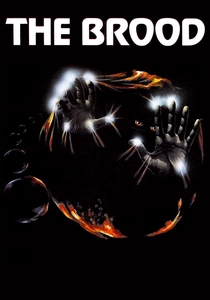
The Brood (1979)
Description: Directed by David Cronenberg, this film delves into psychoplasmics, where a woman's rage manifests physically through her children. Its setting in Canada adds to the eerie, isolated feel of the narrative.
Fact: The film was shot in Toronto, and Cronenberg's own experiences with divorce influenced the story.
 30 Days Free
30 Days Free









